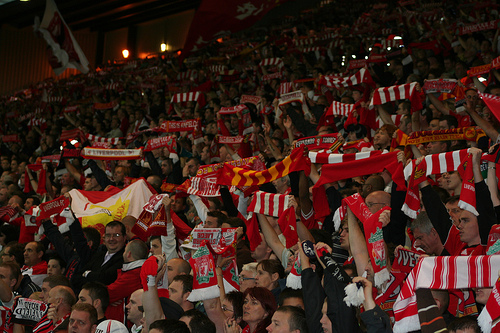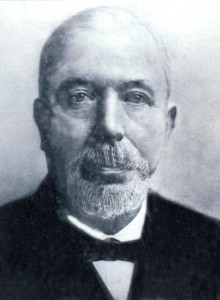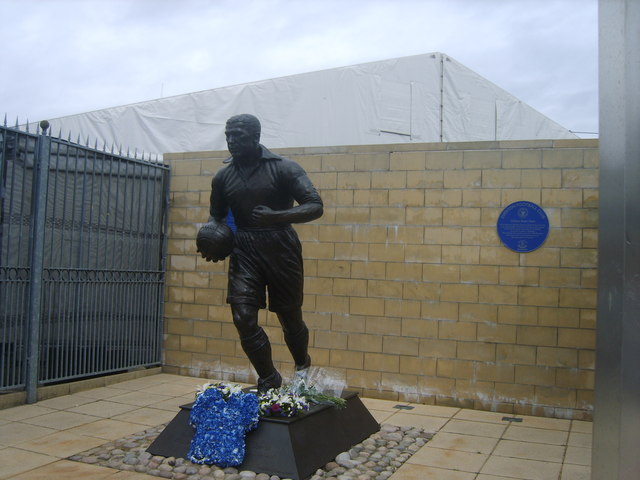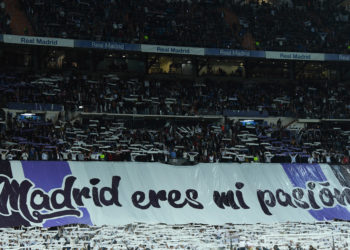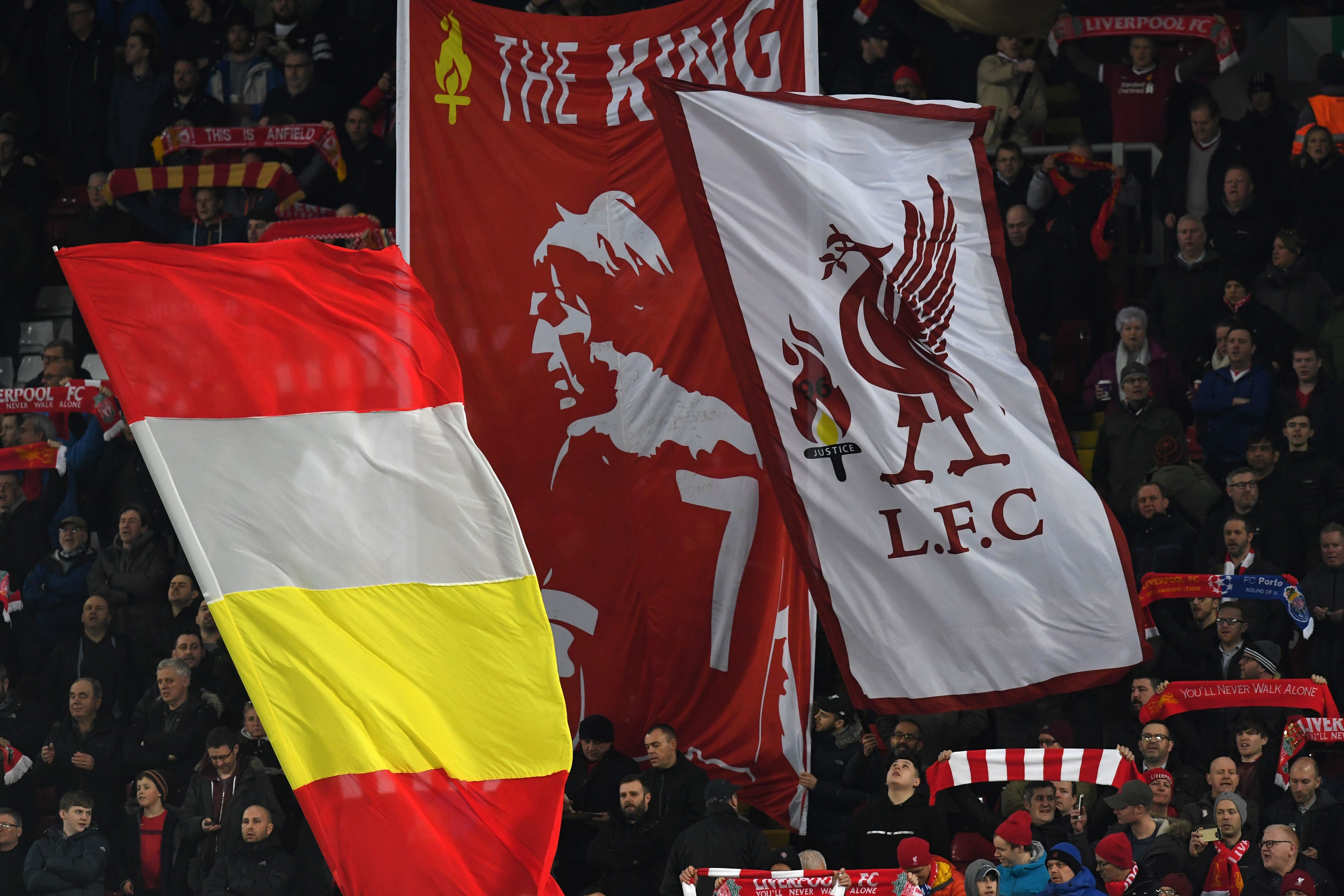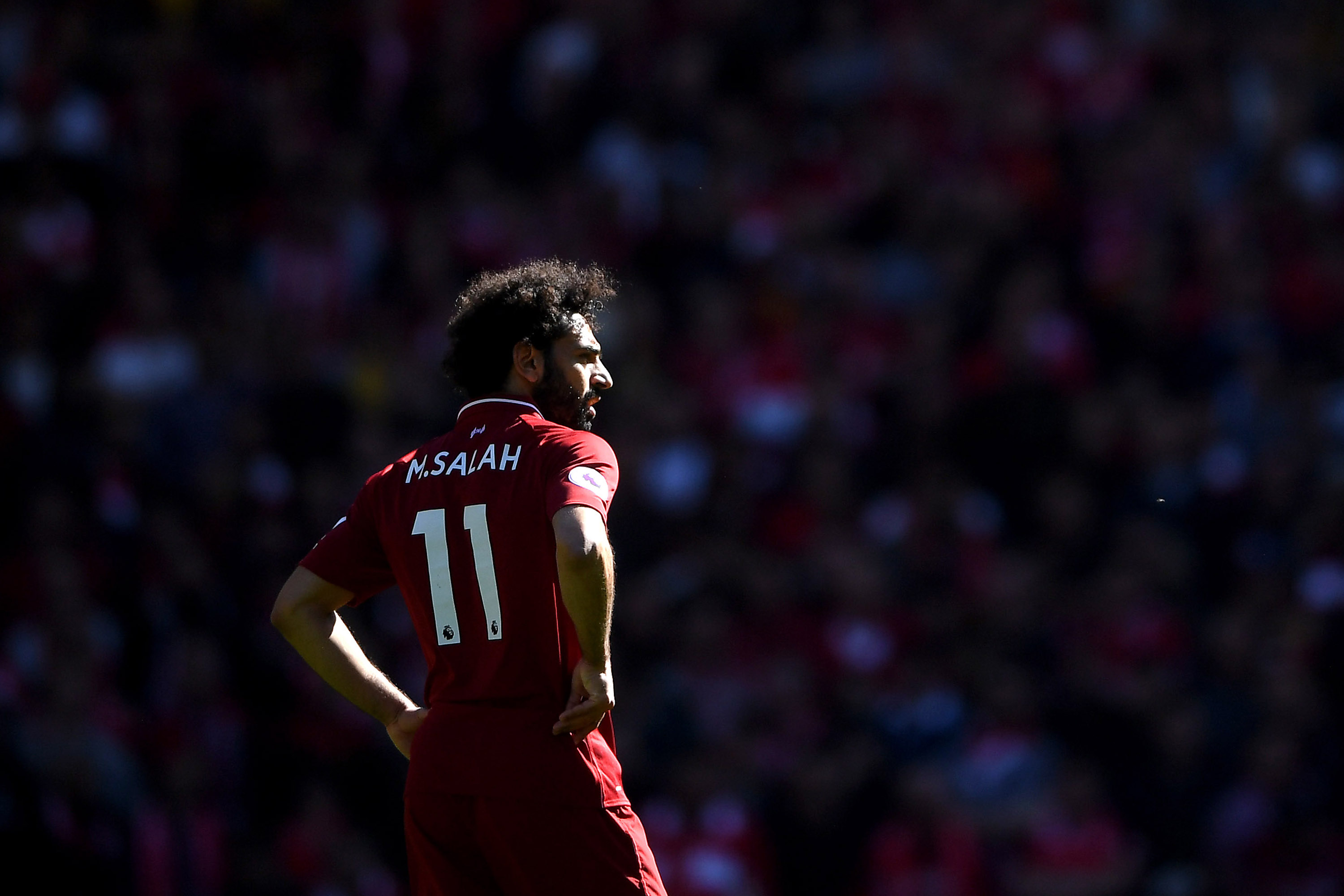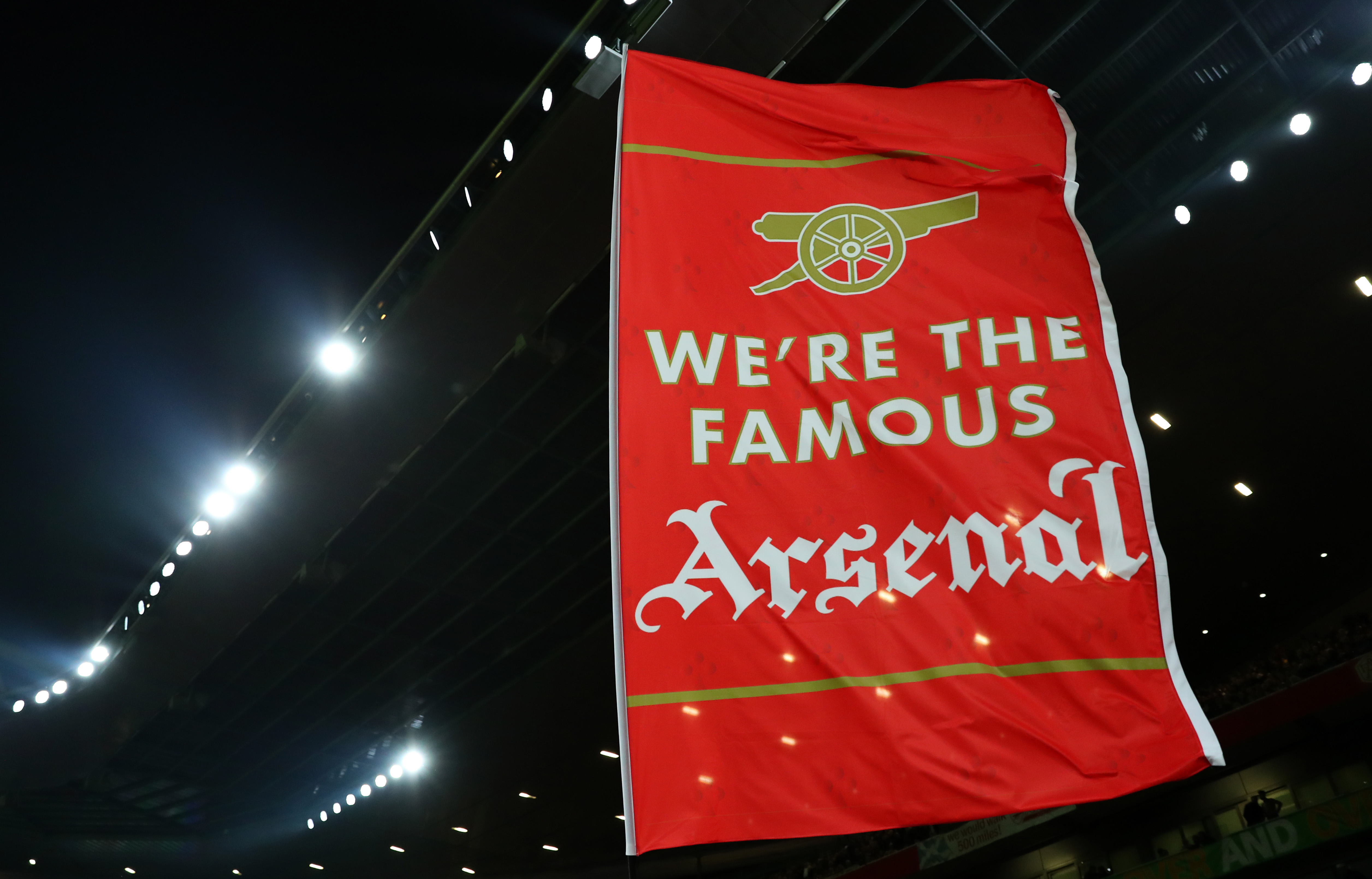The Joker to Batman: This is what happens when an unstoppable force meets an immovable object.
Place the name tags on either team. From a Merseyside perspective, one can never tell the order in chaos, when Liverpool and Everton collide. Just like a mix of oil and water, the red and blue halves of Merseyside never dissolve. In fact, they are immersed in a rivalry embellished with a gamut of emotions, feelings and fans’ actions and reactions under its umbrella. The weather, the stage, the competition, everything takes a backseat when Liverpool and Everton line up against each other. Such has been the animosity between the two clubs since 1893, the year when they first came up against each other.
The Genesis: A Myth
Liverpool and Everton are like two noisy neighbours, constantly bickering at each other; arguing over supremacy of terrain with respect to the beautiful game. However, there is a widely spread misnomer about the origin of this rivalry.
Between the two, Everton was the first club to be formed in 1879. It began as one of the arms of St. Domingo’s Boys Club, which was a sporting body that played seasonal cricket and football. It was backed by the famous St. Domingo’s Methodist Church in the Everton district of Liverpool. The need for a new name arose when players beyond the Church parish were recruited. This led to the formation of Everton Football Club.
Everton first travelled to Priory Road, thanks to the benevolence of an ardent fan – Mr. J. Cruit. However, with football fever rising around the late 1800’s, there was unexpected havoc caused at the ground; the club then shifted to Anfield, which was given out on a rental basis by Everton chairman John Houlding. Houlding, being a shrewd businessman, quickly saw the profits of owning Everton in a football-spreading era and decided to charge higher rent as time passed by. It came to a point where Houlding started to include gate-receipts as the basis for the rent instead of abiding by the initially agreed fixed-fee structure. This resulted in Everton moving out of Anfield.
John Houlding – A Familiar Face At Everton & Liverpool
Their next stop was a ground named Mere Green Field, located at the other side of Stanley Park. Founded by Everton committee member George Mahon, this ground would later go on and become Everton’s home – Goodison Park. In 1892, John Houlding put together a team to continue using of Anfield. No points for guessing which team is that.
Many local clubs around the world are bred with a religious, political or socio-economic divide. In Scotland, the Celtics and Rangers have a clear demarcation in terms of fans, origin and growth. And all this is due to the support of the Catholic Church and masons involved in social and charitable activities. It is a fact that stands true even today. While Glasgow Rangers are largely made up of a Protestant spine, Celtics enjoy the support of Catholics without a shadow of doubt.
The same parallel was drawn for a long time between Everton and Liverpool. In the late 19th century, Dr. Baxter, who was Catholic and a name well known in society, became a member of the Everton board. Several Irish Catholic families emulated him and later went on to support the blue half of Merseyside. The strong Catholic backing was further accentuated during the 1950’s, when the likes of Peter Farrell, Tommy Eglington and a few other Irish players became fan favourites at the Goodison Park. It was apparent that Everton Football Club largely rested on a Catholic support base. A few supporters were biased towards Everton’s close ties with Celtic and believed that Liverpool shared similar relations with Rangers, a protestant driven side.
These reasons largely promoted the growth in rivalry and ebbed the sense of camaraderie between Liverpool and Everton. The truth is that, under the semblance of the aforementioned points, there were reasons that were beyond the realm of football. Both Liverpool and Everton were founded by individuals belonging to the same echelon of society and with the same financial and influential clout. These people were Protestants belonging to the earning mass of 19th century England and most importantly, hailed from the same church – St. Domingo’s, a Protestant church. The diaspora largely consisted of freemasons, who were driven towards political, social and religious works. It is only co-incidence that Everton and Liverpool fall under the shadows of Catholics and Protestants. It bears no veracity whatsoever when it comes to rivalry on the football pitch. In fact, the initial few meetings that led to the birth of the FA were held at a pub called the Freemason’s Tavern.
Hence, the true genesis of this rivalry doesn’t really stem from a religious divide but from a commonality of origin. Both the clubs hail from the same womb of the society; it is their respective stories that takes them apart and puts them on opposite ends on the battlefield. Right now, the only piece of land sitting between Goodison Park and Anfield is Stanley Park. And for two clubs of such high stature and respect in the football globe, it is inevitable that with time, the pillars of support will grow stronger and the rivalry will move beyond the football pitch!
How Football Started the Merseyside Rivalry?
Much of Liverpool’s success is attributed the team’s laurels in the 70’s and 80’s. The era of the Shanklys, Paisleys, Fagans and Dalglishs added more silverware to the trophy cabinet at Anfield and Liverpool’s power was no longer a hidden secret, to the rest of England or Europe. However, Everton weren’t far behind, which is where football started playing a more serious role in the formation of the derby.
Both Merseyside clubs enjoyed much domestic success during the 1960’s. However, it was Liverpool that was successful in leaving a footprint on the map in the next two decades. Everton were finding it hard to keep up with their neighbours and the fact that they once were the closest and fiercest competitors to the Reds irked them further. Adding to their woes was the unfortunate occurrence of both the World Wars early in the 20th century. Everton had dominated the League around both the wars but couldn’t build on that success due to the consequential break in football.
In 1985, when Liverpool were up against Juventus in the European Cup Final, one of the most tragic incidents in the history of football took place. The Heysel stadium disaster, where Juventus fans were killed and several were injured due to a collapsed wall, left a scar not just in the lives of Liverpool and Everton supporters alike. Following this mishap, English teams were banned from competing in Europe for five years, which affected Everton more because the team had to rebuild itself again after losing grievously in the 70’s and most part of the 80’s. The ban wasn’t well received by Evertonians and the blame went towards Liverpool for their preclusion from European football. Everton won just the European Cup Winners Cup that year.
Derby Heroes: Dixie Dean & Ian Rush
William Ralph Dean, aka Dixie Dean, was an Everton supporter and one of their most successful players over the years. Dean, who was also a freemason and an internationally renowned figure, had scored 425 goals in 489 games for Everton. The player took Everton to newer and greater heights in the early 1900’s and his contribution to towards the club, he loved and supported as a kid, never fails to warm a footballer’s heart.
Dixie Dean – A Merseyside Legend
Dixie has scored the most number of league goals (18) in Merseyside derbies and was, for a long time, considered the Father of the Derby. Unfortunately, his domination lasted only as long as Bill Shankly came along to take charge of Liverpool. The Reds dominated England, Europe and the Merseyside Derby after that. However, Dean was still considered the man to watch out for, whenever Liverpool and Everton played each other.
The 1980’s marked the arrival of yet another legendary goal scorer in the history of the game. Ian Rush, who ironically, also grew up supporting Everton, joined Liverpool from Chester City. Rush had scored 25 goals overall for the Reds in the Merseyside Derby and till date, his contribution in this fixture is remembered as fondly as is his contribution to the Reds’ success.
It’s All about Football
The Merseyside Derby and the rivalry that it brings along with it, purely bears football in its soul and nothing else. Several family members today are divided when it comes to club loyalty. Being a Protestant or a Catholic has nothing to do with it. Catholic families remain divided with red and blue supporters and the same applies to the Protestants. This myth of religion separating the two no longer holds true in the real world and is just a tool to irk the opposition.
Ultimately, football is a religion in itself and the Merseyside Derby is a facet of that religion that sees Liverpool and Everton supporters make room for a friendly rivalry for 90 minutes.
